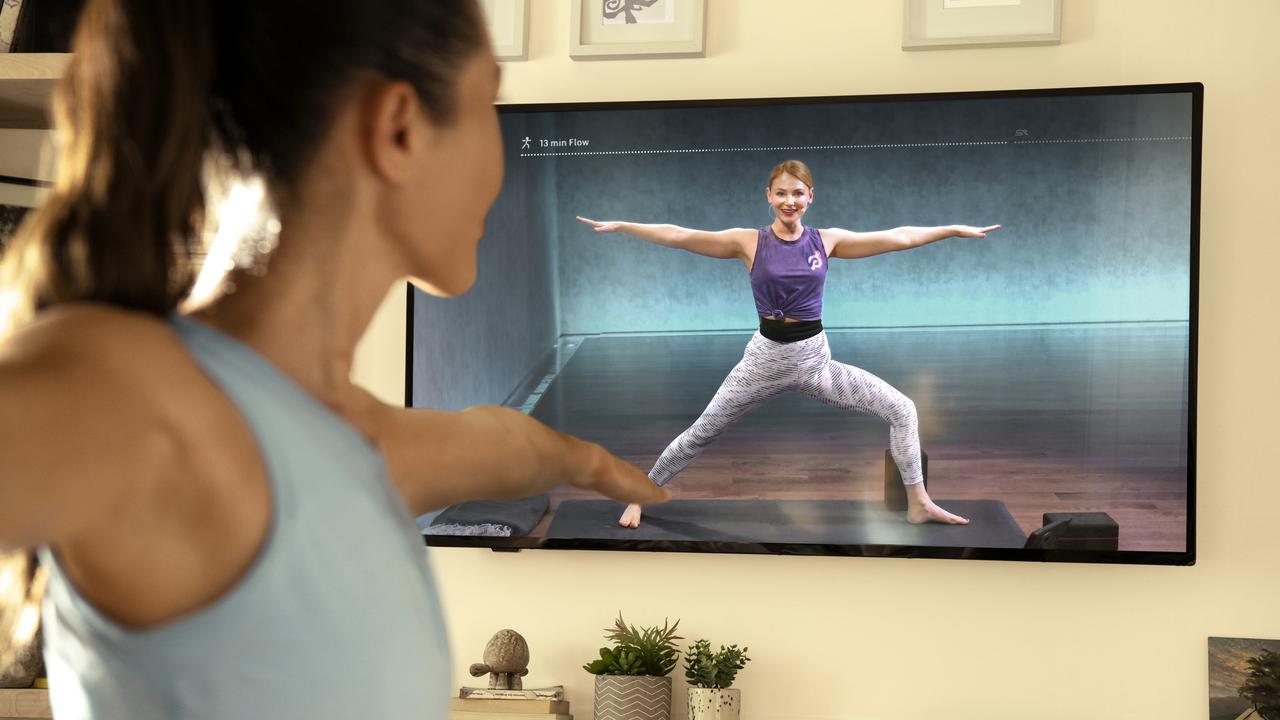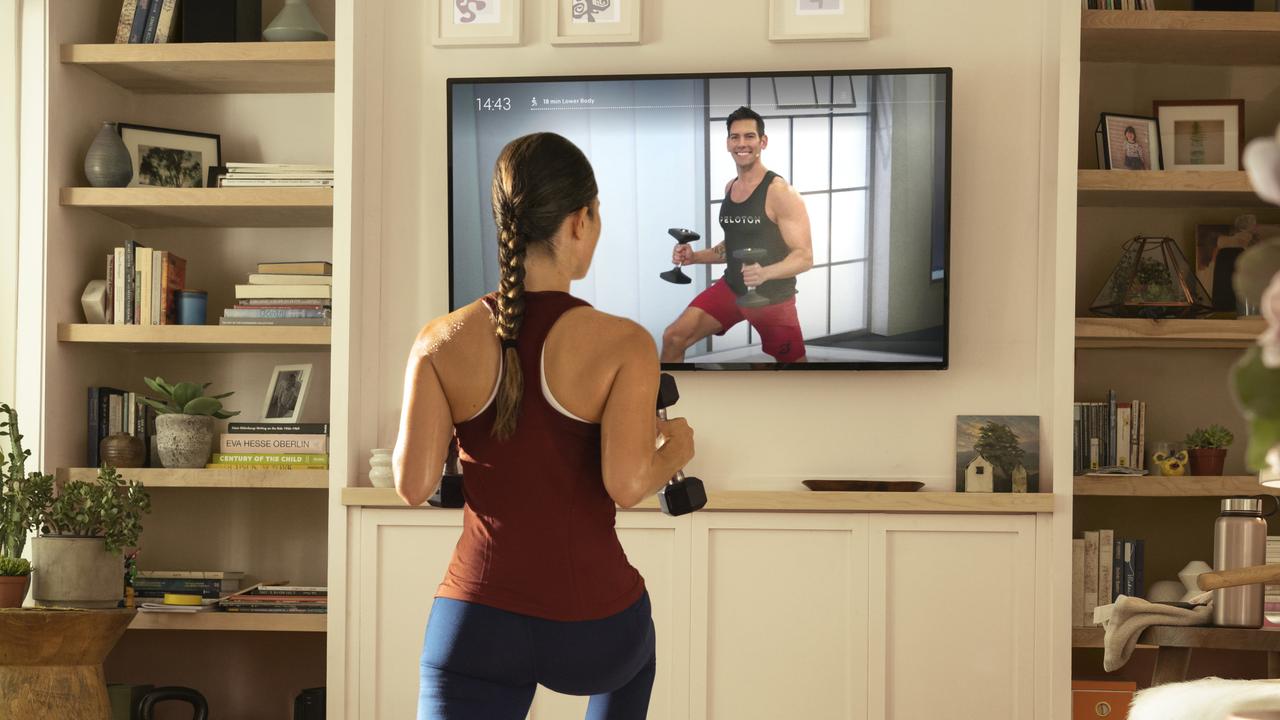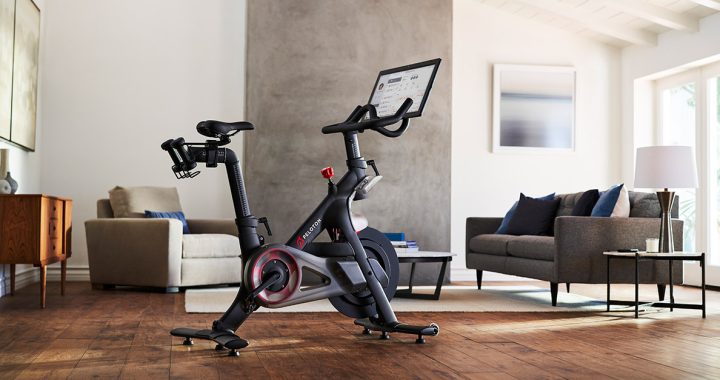I’m pedalling furiously on a Peloton Bike Plus strategically stationed in front of a big window with a multimillion-dollar view of Sydney Harbour at Darling Point. Such was the grandness at Peloton’s introductory media event for journalists, where we got to try its fitness system that has thrived in the US during lockdown.
I can say my eyes were firmly fixed on the exercise class on the screen in front of me, not the harbour, so the view was a bit wasted.
Peloton’s journey is much longer than the pandemic. It was founded in 2012 by New York based John Foley, previously the president of e-commerce at online book store Barnes & Noble. Foley, who is also CEO, is an unusual man; he says he starts each day by drinking 40 sips of water from his cupped hands until he feels sick. That’s how he hydrates.
Peloton, like many imaginative ventures, began as a start-up on crowd-funding site Kickstarter.
Lockdowns and the necessity to get fit at home has seen Peloton’s fortunes soar, with a reported $US1.8 billion in sales for 2020. That’s double the previous year.
Peloton is now launching in Australia. It says we are the first Asian Pacific country where it will operate. In Australia, a digital membership with access to all its classes on its app will cost $59 per month, a Peloton bike will be $2895 and Bike Plus $3695. It’s not cheap. The bikes work with cycling classes available through the app.
READ MORE: Peloton to debut in Australia | The Zwift steering factor | Biblical bliss riding on water
If you’re not into cycling, you can use the app to view live and recorded fitness classes on your phone or TV.

Peloton has around 40 instructors who pump out fresh classes all the time. There’s about 100 hours of fresh content available each week. About 5.4 million people workout with the bike and app and 800,000 fly solo with the app. Users on average work out for 26 hours per month on Peloton.
Classes are streamed from New York and London however Peloton says some will take place in the morning AEST so you won’t be attending live classes in the middle of the night.
The instructors are mostly American or British; Peloton says it has appointed its first Australian instructor, a yoga teacher (she films in New York) and Peloton promises more Australian instructors.
The difference between Bike and Bike Plus is mainly the larger 23.8-inch screen on Bike Plus that you can swivel around to attend other virtual classes when you are not cycling. The regular Bike has a fixed slightly smaller, 21.5-inch screen.

I tried the cycling experience on the Bike Plus. The first step involved putting on the special cycling shoes that clip onto the pedals. This offers better grip and you cycle more efficiently, pushing and pulling as you go.
Clipping the shoes onto the pedals isn’t easy if you are not a seasoned cyclist and not used to it. I had to get help with this first time around. Cycling with these shoes definitely is better, and by the end of my test ride, I was happily standing up cycling while tethered to the pedals. The cycling shoes are not obligatory.
Music is a big part of attending a Peloton class and I chose a 60s mix. Sure enough there were recorded classes available that played that mix. My introductory class was hosted by an enthusiastic Brit who set a different degree of cycling difficulty with each song.

Peloton bikes use two metrics: cadence and resistance, which you can vary to alter the difficulty of your ride. The cadence equates to speed and the resistance to the difficulty. You set the resistance with the red knob below the handlebars, according to what the instructor asks, and pedal within the speed range if you can.
Instructors can automatically set the resistance if you are riding a Bike Plus. On the regular bike you set it yourself. You can always turn down the resistance if you struggle. That big red knob is handy for that.
My instructor offered a warm up segment, followed by segments where you cycled furiously at low resistance, and less furiously when cycling was tougher. There was a wind down at the end.

If you like the choice of music, Peloton says it can share the playlist you listened to with Apple Music and Spotify.
I came away feeling that I’d had a decent workout in this rudimentary 20-minute session. Previously I’d seen Peloton as a rival to virtual cycling experience Zwift, but I think its main competitor is Apple Fitness +, which also offers a huge array of streamed and live fitness sessions.
I like the rival Zwift experience because virtual cycling along roadways displayed on a screen takes your mind off the fact you are exercising, but Peloton’s more disciplined approach is likely to get me fitter, faster, from the waist down anyway.
Peloton meanwhile is preparing to open stores where you can try out their fitness gear and preorder it. We spotted a store (below) being readied in Martin Place, Sydney.
I will give Peloton a longer test later in the year.
